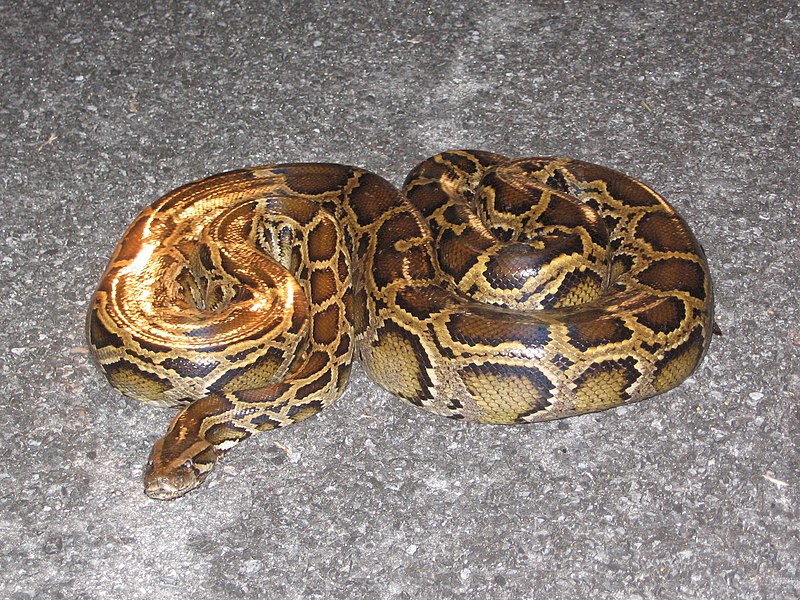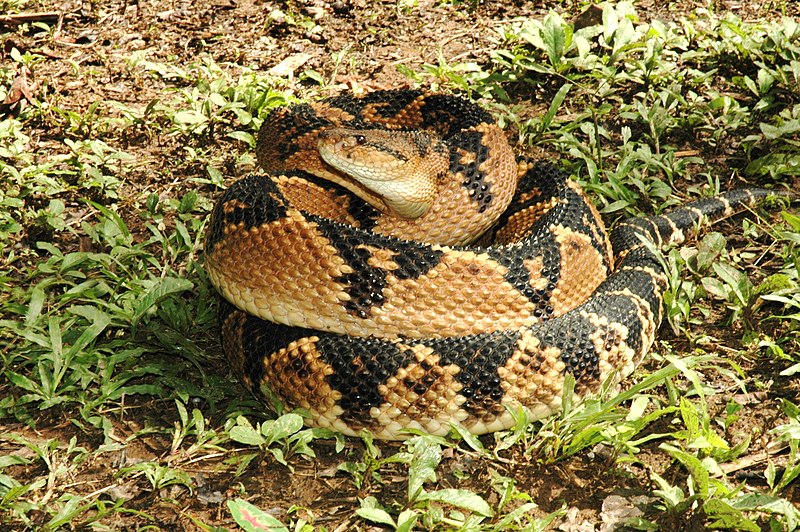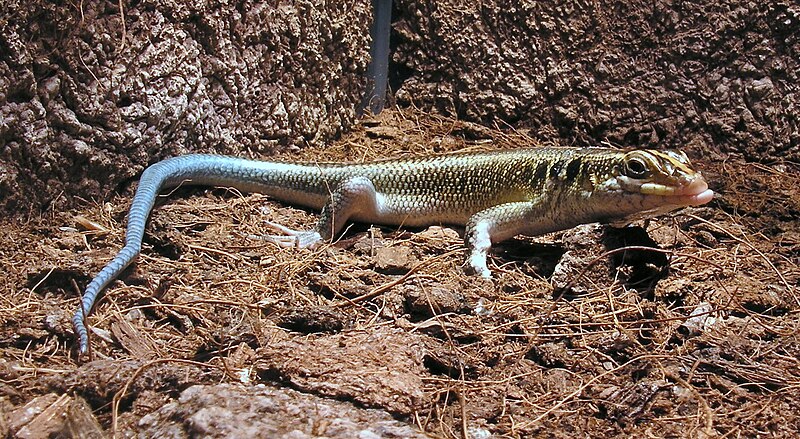 In 2008, a computer-based study by the US Geological Survey stated that Florida’s introduced Burmese Pythons (Python molurus bivittatus) might colonize up to 1/3 of the United States in time. While the snakes’ presence in Florida is a severe problem, the release of this study generated a flood of illogical fears and predictions. Recently, another study conducted by a noted herpetologist and utilizing live snakes has injected some sanity into the controversy. Read More »
In 2008, a computer-based study by the US Geological Survey stated that Florida’s introduced Burmese Pythons (Python molurus bivittatus) might colonize up to 1/3 of the United States in time. While the snakes’ presence in Florida is a severe problem, the release of this study generated a flood of illogical fears and predictions. Recently, another study conducted by a noted herpetologist and utilizing live snakes has injected some sanity into the controversy. Read More »
Category Archives: Recent Research
Feed SubscriptionProfessional Herpetological Organizations and Journals – Part 2
 Please see Part 1 of this article for general information and details concerning some well-known, long-established groups and journals. Today we’ll take a look at some newer organizations that cater to special interests. Read More »
Please see Part 1 of this article for general information and details concerning some well-known, long-established groups and journals. Today we’ll take a look at some newer organizations that cater to special interests. Read More »
Professional Herpetological Organizations and Journals – Part 1
 I have belonged to local herpetological societies since childhood, and continue to be involved with several today. A few, such as the NY Turtle and Tortoise Society, nicely serve both professional herpetologists and lay people…but whatever their leanings, all are of immense value. Today I’d like to highlight some professional groups and journals that are open to everyone.
I have belonged to local herpetological societies since childhood, and continue to be involved with several today. A few, such as the NY Turtle and Tortoise Society, nicely serve both professional herpetologists and lay people…but whatever their leanings, all are of immense value. Today I’d like to highlight some professional groups and journals that are open to everyone.
The Bronx Zoo’s Reptile House has copies of the “Big Three” – The Journal of Herpetology, Copeia and Herpetologica – dating back to the first issues of each, and in my 21 years working there I think I went through most of them! Membership tends to be expensive (student rates are often available), so I summarize research notes from current issues and post them here on occasion (please see articles below). Read More »
African Rainbow Skinks Now Breeding in Florida – Giant Ameivas Spreading
 A breeding population of African Five-Lined or Rainbow Skinks, Trachylepis (formerly Mabuya) quinquetaeniata, has been discovered in Port St. Lucia, Florida, bringing the total number of exotic herps known to be established in the USA to 66. The Giant or Green Ameiva, or Jungle-Runner (Ameiva ameiva), known to the state since 1954, seems to be expanding its range.
A breeding population of African Five-Lined or Rainbow Skinks, Trachylepis (formerly Mabuya) quinquetaeniata, has been discovered in Port St. Lucia, Florida, bringing the total number of exotic herps known to be established in the USA to 66. The Giant or Green Ameiva, or Jungle-Runner (Ameiva ameiva), known to the state since 1954, seems to be expanding its range.
Florida’s Newest Exotic
Rainbow Skinks, which are native to a broad belt of Sub-Saharan Africa stretching from Senegal to Kenya, are the newest of Florida’s many exotic animals. Well-known in the US pet trade, the recently discovered population seems limited to a weedy lot near a now-defunct reptile importing business. Past reports of dead and dying skinks found on the importer’s property point towards the all-too-common source of the new arrivals. Read More »
Snake and Lizard Losses may Provide Evidence for a Global Reptile Decline
 Studies in several countries recently hinted that snakes may be declining worldwide, in much the same manner as has been shown for scores of amphibian species (please see article below). This month (October, 2010), scientists at the University of Arizona have documented massive declines in both snakes and lizards in a well-protected reserve, adding to fears that major extinctions lie ahead.
Studies in several countries recently hinted that snakes may be declining worldwide, in much the same manner as has been shown for scores of amphibian species (please see article below). This month (October, 2010), scientists at the University of Arizona have documented massive declines in both snakes and lizards in a well-protected reserve, adding to fears that major extinctions lie ahead.
Frightening Similarity to Earlier Studies
Populations of 8 snake and 6 lizard species in Arizona’s Organ Pipe National Park were found to have declined by 50% between 1998 and 2002, and have not recovered. The reptiles in question had been monitored carefully for 22 years, so accurate baseline numbers were available. The species that showed significant declines included Regal Horned, Zebra-Tailed and Red-Back Whiptail Lizards, Mojave and Western Diamondback Rattlesnakes, Gopher Snakes and King Snakes. Read More »
 That Reptile Blog – Reptile, Amphibian and Exotic Pet Care and Information
That Reptile Blog – Reptile, Amphibian and Exotic Pet Care and Information
